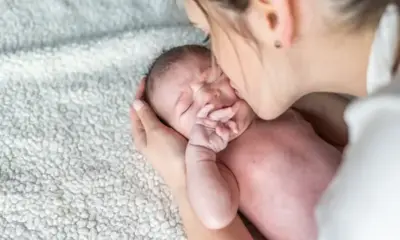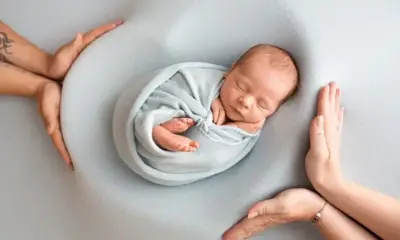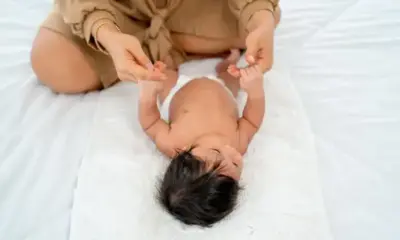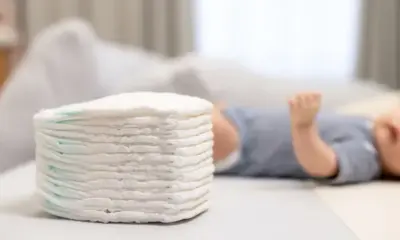Baby Development
What the Startle Reflex in Babies Means for Development
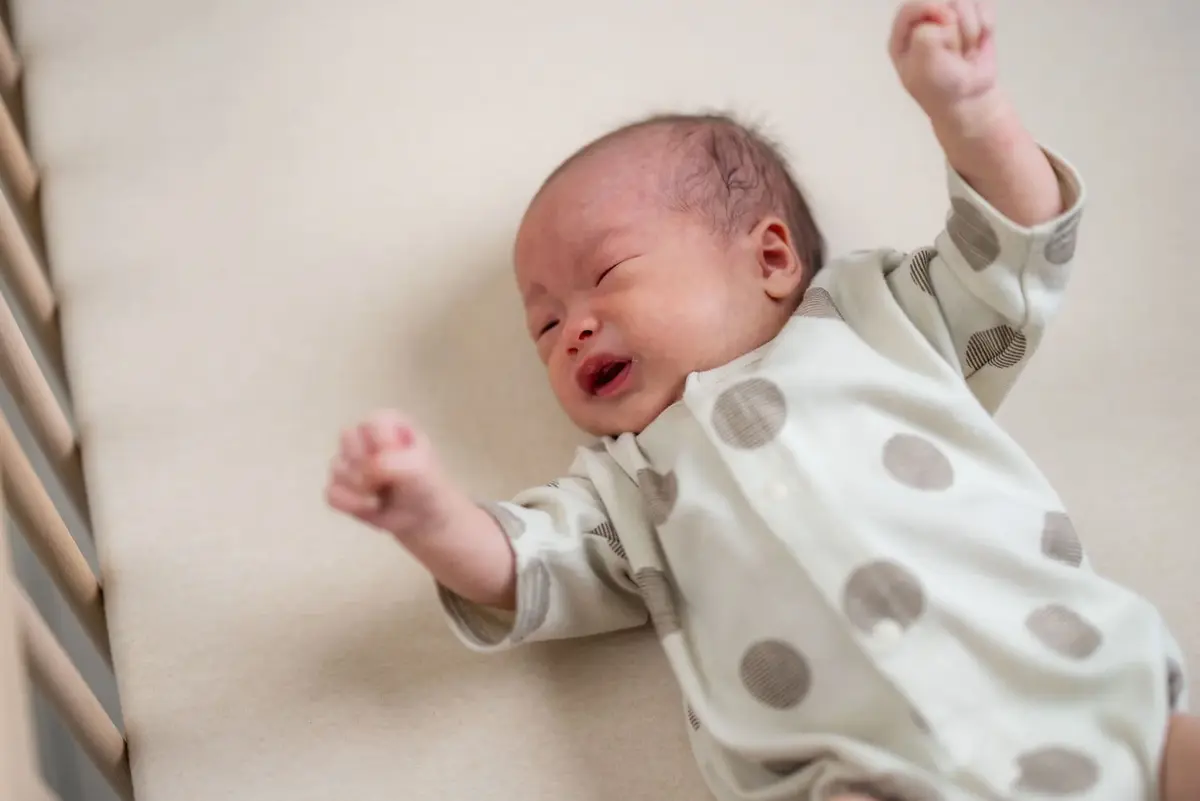
Understanding the Baby Startle Reflex and Its Role in Development
The baby startle reflex, also known as the Moro reflex, is a normal part of your infant’s early development. It might look dramatic or even unsettling, but this sudden movement response shows your baby’s nervous system is working properly. Newborns usually outgrow this reflex within a few months, but it can affect sleep and cause occasional crying.
What Is the Startle Reflex?
Newborns come equipped with several automatic responses, and the startle reflex is one of the most noticeable. When startled, your baby throws their arms and legs outward, then quickly pulls them in. This reflex may happen after a loud sound, a sudden movement, or even their own crying.
Sometimes your baby won’t react much, but other times, the reflex might wake them up or cause tears. Despite how it looks, this reaction is perfectly normal during the early months.
When Does the Startle Reflex Disappear?
The startle reflex peaks during the first month of life. Most babies stop showing this reflex between 2 and 4 months old. However, some infants might continue startling slightly longer. If the reflex continues past 6 months, consult your pediatrician.
Likewise, if the reflex appears on only one side of your baby’s body or doesn’t happen at all, speak to your doctor. These signs could indicate problems in the brain, nerves, or spinal cord, so it’s best to rule out any issues early.
How to Help Babies Who Startle Easily
If your baby startles awake or gets upset, they may need help calming down. Try the tips below:
- Swaddle for Comfort
Swaddling helps keep your baby’s limbs secure. This limits sudden arm and leg movements that may trigger the reflex during sleep. - Use Gentle White Noise
Playing soft, consistent sounds in the room can reduce the effect of disruptive noises. White noise helps your baby stay asleep longer. - Lay Them Down Slowly
Avoid quick movements when setting your baby down. Keep your hands on their body briefly to ease the transition. - Create a Calm Environment
Move quietly and gently when near your sleeping baby. A peaceful setting can reduce sudden disruptions that might startle them.
Do Older Babies Still Startle?
Yes, even older babies can be startled by loud or unfamiliar noises. As they grow, their reaction becomes more about temperament than reflex. Some babies stay calm, while others cry at a car horn or vacuum.
Since baby ears are small, loud sounds seem even louder to them. Protect their hearing by turning down the volume on electronics and avoiding noisy appliances when they’re nearby.
Interestingly, some steady sounds like a dryer or vacuum might soothe your baby instead. That’s why many babies enjoy white noise—it mimics the sounds they heard in the womb.
Over time, your baby will adjust to different sounds and become less reactive to noise in general.

